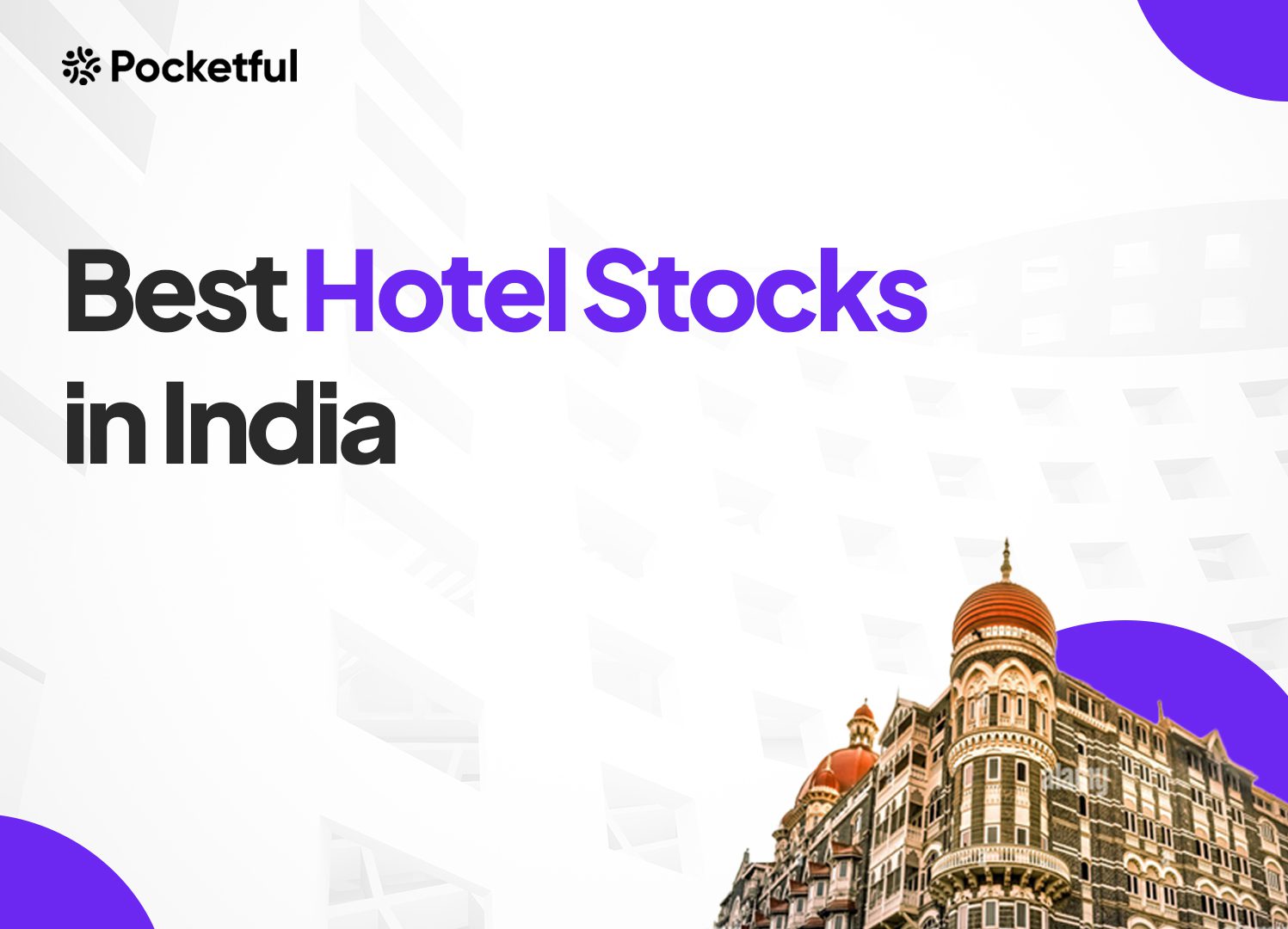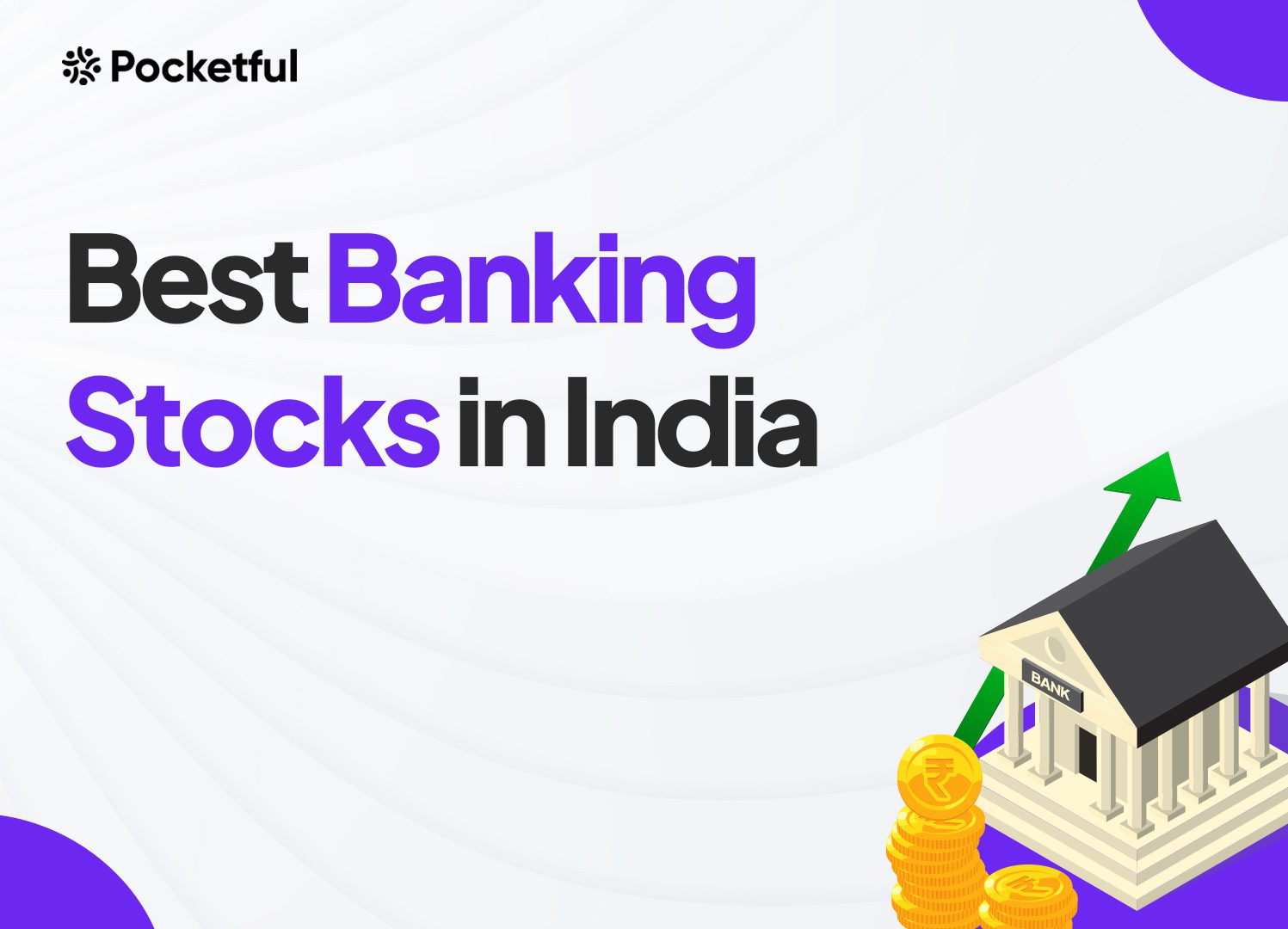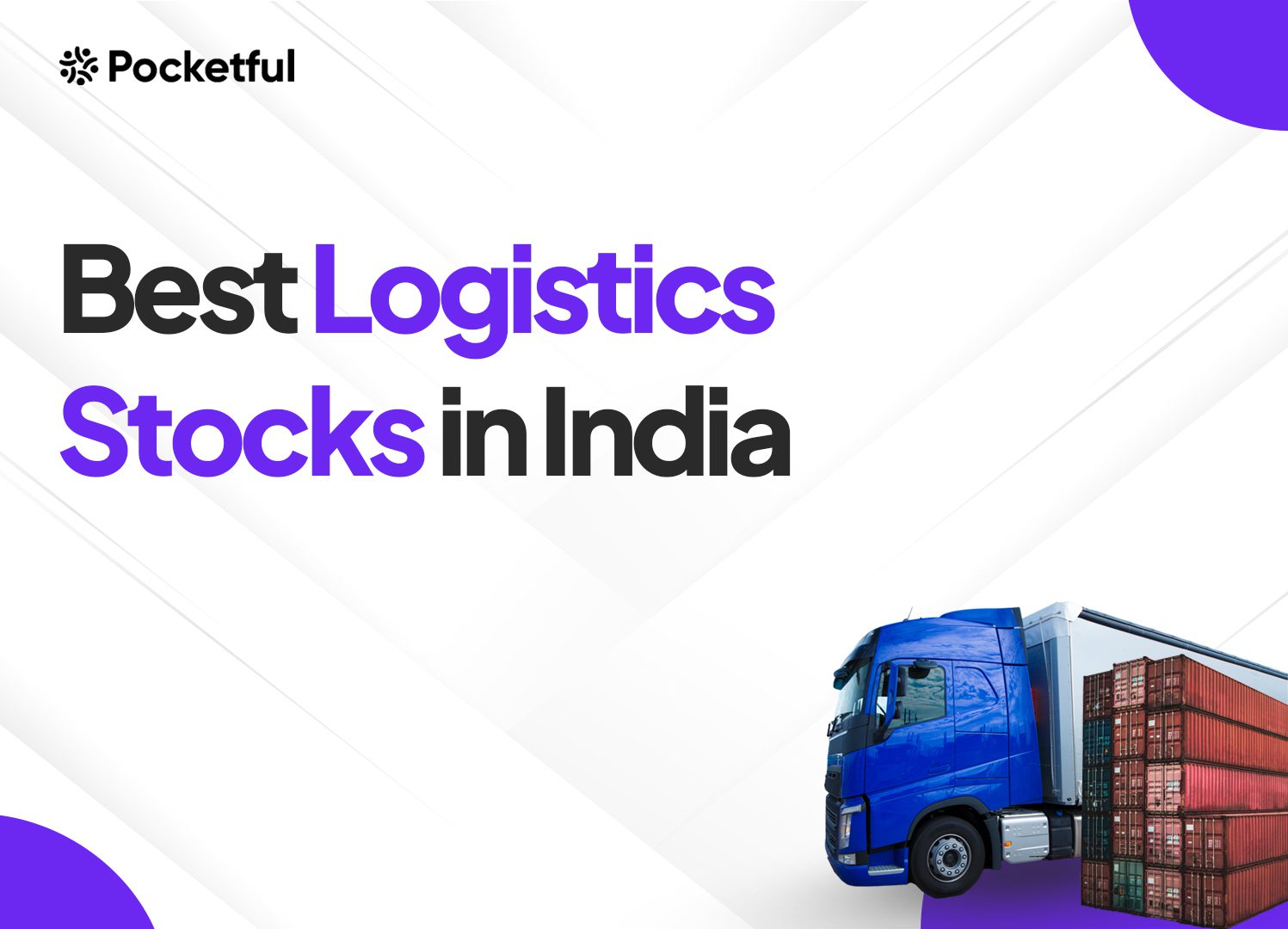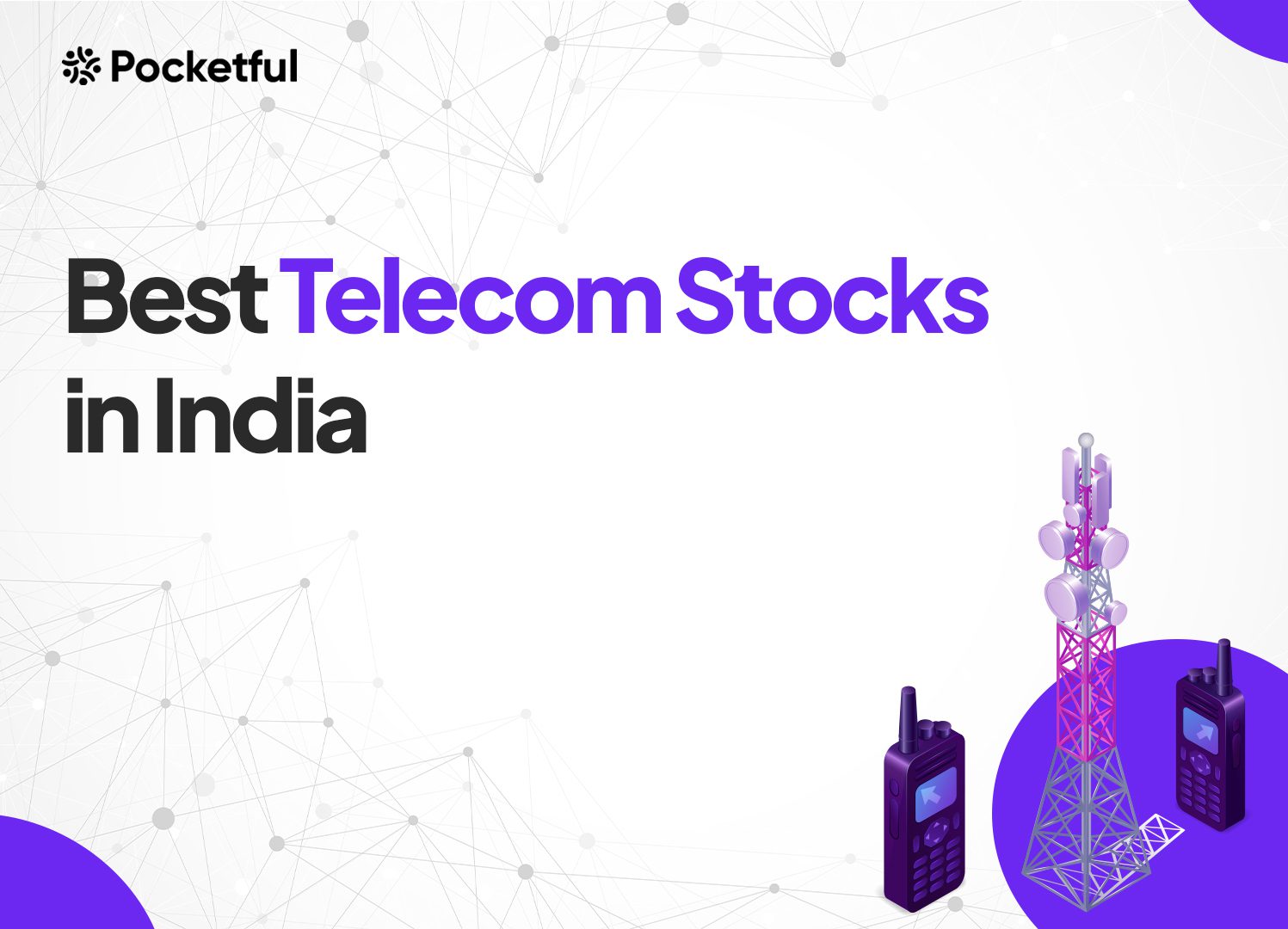Have you ever thought about how you can gain from India’s growing tourism sector? With millions of travelers moving across India’s rich cultural and natural terrains, investing in best tourism stocks in india could be on your path to prosperity.
In this blog, we will discuss the leading companies engaged in the travel sector based on market capitalization and 1-year returns so that your investment journey will be as rewarding as the travels you carry out.
Overview Of the Travel Industry in India
The travel and tourism industry is a major player in the Indian economy, making up 9.1% of the GDP and employing more than 40 million people. In 2023, India witnessed a 106% rise in the number of foreign tourists for the first 6 months of the year as compared to 2022, and its recovery from the pandemic was brisk. From global tourists to domestic travelers, India offers something unique to everyone. Travel and tourism industry revenues for 2024 are projected at $ 22.30 billion, and with a CAGR of 8.87%, the revenues are expected to reach $34.11 billion by 2029.
The Ministry of Tourism has introduced initiatives like the “Incredible India” campaign and infrastructure projects under Swadesh Darshan to uplift the sector. India’s tourism industry is poised for explosive growth, which will benefit its economy and help create jobs.
Top Travel Stocks based on market capitalization
The Top Travel Stocks in 2025 are:
| S.No. | Travel Stocks |
|---|---|
| 1 | Indian Railway Catering and Tourism Corporation Ltd. |
| 2 | BLS International Services Ltd. |
| 3 | Thomas Cook (India) Ltd. |
| 4 | Easy Trip Planners Ltd. |
| 5 | Le Travenues Technology (IXIGO) Ltd. |
| 6 | Yatra Online Ltd. |
| 7 | International Travel House Ltd. |
The travel stocks have been listed in descending order based on their market capitalization in the table below:
| Company | Market Capitalization (In crores) | Share Prices (In INR) | 52 Week High Price (In INR) | 52-Week Low Price(In INR) |
|---|---|---|---|---|
| Indian Railway Catering and Tourism Corporation Ltd. | 74,156 | 927 | 1,148 | 636 |
| BLS International Services Ltd. | 16,054 | 390 | 430 | 230 |
| Thomas Cook (India) Ltd. | 9,936 | 211 | 264 | 95.6 |
| Easy Trip Planners Ltd. | 7,000 | 39.5 | 54 | 37 |
| Le Travenues Technology (IXIGO) Ltd. | 6,320 | 163 | 198 | 135 |
| Yatra Online Ltd. | 2,052 | 131 | 194 | 120 |
| International Travel House Ltd. | 484 | 606 | 781 | 312 |
Read Also: List Of Best Healthcare Stocks in India
Best Travel Stocks in India 2025 Based on Market Capitalization

A brief overview of the best travel stocks in India is given below:
1. Indian Railway Catering and Tourism Corporation Ltd.
Indian Railway Catering and Tourism Corporation (IRCTC) Ltd. was incorporated in 1999. It provides online ticketing, catering, and tourism services. IRCTC books in excess of 8 million tickets every day through its website and app and has 66 million registered users. It has brought digital convenience to train travel. IRCTC was listed on the Indian stock exchange in 2019.
Know the Returns:
| 1Y Return (%) | 3Y Return (%) | 5Y Return (%) |
|---|---|---|
| -22.91% | -12.51% | 132.01% |
2. BLS International Services Ltd.
BLS International Services Ltd. was established in 2005 and provides visa, passport, consular, and citizen services to its clients. The company is a part of the BLS Group. The company got its first visa processing contract in 2005 from the Portuguese Embassy in New Delhi. Between 2008 and 2010, the company started providing services to the Indian Embassy in Spain, Kuwait, Sudan, and Russia. BLS International also provides citizen services to Afghan nationals in UAE, Kuwait, Oman, etc. The company’s headquarters is in New Delhi.
Know the Returns:
| 1Y Return (%) | 3Y Return (%) | 5Y Return (%) |
|---|---|---|
| 1.37% | 533.11% | 1,974.07% |
3. Thomas Cook (India) Ltd.
Thomas Cook Limited is one of India’s premier travel and tourism services providers, and it was incorporated in 1881. Their services include travel insurance, foreign exchange, visas, passports, and holiday packages. With its vast network across the country, the company caters to leisure and business travels alike. The company’s business model is based on the integration of conventional travel services with digital solutions, improving customer experiences.
Know the Returns:
| 1Y Return (%) | 3Y Return (%) | 5Y Return (%) |
|---|---|---|
| -24.21% | 90.00% | 191.63% |
4. Easy Trip Planners Ltd.
Easy Trip Planners Ltd. was incorporated in 2008 and is one of India’s top online travel agencies, operating under the brand name EaseMyTrip. The company offers an extended portfolio of services related to booking flights, hotels, holiday packages, and bus and train tickets. The company was listed on the stock exchange in 2021. The company’s headquarters is located in New Delhi.
Know the Returns:
| 1Y Return (%) | 3Y Return (%) | 5Y Return (%) |
|---|---|---|
| -52.61% | -35.22% | 77.90% |
5. Le Travenues Technology (IXIGO) Ltd.
Le Travenues Technology Ltd. was founded in 2007 and offers an OTA platform named IXIGO for travel and hotel booking. It has based its business model on AI-driven technology that comprises flight, train, bus, and hotel bookings, together with personalized travel recommendations. Ixigo is serving millions of users through its user-friendly mobile apps and websites in its endeavor to become a key player in the travel tech industry.
Know the Returns:
| 1Y Return (%) | 3Y Return (%) | 5Y Return (%) |
|---|---|---|
| 6.46% | 6.46% | 6.46% |
6. Yatra Online Ltd.
Yatra Online Ltd. is one of the biggest online travel agencies in India, founded in 2006. The business model adopted by the company focuses on providing an end-to-end travel services platform that starts from flight bookings and hotel reservations to holiday packages, bus and train ticket reservations, and car rentals. Yatra offers its services not only to individual travelers but also to corporate clients. Yatra Online was listed on the Indian Stock Exchange in 2023. The company’s headquarters is in Gurgaon.
Know the Returns:
| 1Y Return (%) | 3Y Return (%) | 5Y Return (%) |
|---|---|---|
| -53.22% | -37.25% | -37.25%% |
7. International Travel House Ltd.
International Travel House Ltd. came into being in 1981, and the company has since evolved into one of India’s premier travel and tourism companies. The company caters to domestic and international markets and offers a host of services in areas like corporate travel management, car rentals, ticketing, event management, and so on. International Travel House has spread across the length and breadth of India by opening offices in various major cities. It is a trusted partner for business travel needs due to reliable and personalized services.
Know the Returns:
| 1Y Return (%) | 3Y Return (%) | 5Y Return (%) |
|---|---|---|
| -24.02% | 298.82% | 598.53% |
Top Travel Stocks Based on 1-Year Return
The travel stocks have been listed in descending order based on their 1-year returns in the table below:
| S.No. | Travel Stocks Company | 1-Year Return |
|---|---|---|
| 1 | Thomas Cook (India) Ltd. | 101.24% |
| 2 | Mahasagar Travels Ltd. | 64.92% |
| 3 | BLS International Services Ltd. | 55.51% |
| 4 | Indian Railway Catering and Tourism Corporation Ltd. | 43.48% |
Read Also: List Of Best Footwear Stocks in India
Best Travel Stocks in India 2025 Based on 1-Year Return
The best travel stocks according to 1-year returns are given below, along with a brief overview:
Mahasagar Travels Ltd.
Mahasagar Travels Ltd., founded in 1993, has carved out a niche for itself as one of the more established travel companies in India. The company’s business model involves providing customers with a great network of intercity and interstate bus routes, serving millions of passengers annually. Equipped with a fleet of luxury and sleeper buses, the company ensures its customers’ travel experience is delightful.
An overview of the remaining stocks has been given above.
Know the Returns:
| 1Y Return (%) | 3Y Return (%) | 5Y Return (%) |
|---|---|---|
| 5.39% | 119.55% | 128.33% |
Key Performance Indicators
| Company | Net Profit Margin (%) | ROE (%) | Debt to Equity (x) | P/E (x) | P/B (x) |
|---|---|---|---|---|---|
| Indian Railway Catering and Tourism Corporation Ltd. | 26.01 | 34.40 | 0.00 | 66.74 | 22.97 |
| BLS International Services Ltd. | 19.41 | 25.91 | 0.00 | 44.82 | 13.30 |
| Thomas Cook (India) Ltd. | 3.71 | 12.59 | 0.11 | 37.37 | 4.83 |
| Easy Trip Planners Ltd. | 17.51 | 17.05 | 0.02 | 58.96 | 10.98 |
| LE Travenues Technology (IXIGO) Ltd. | 12.04 | 16.99 | 0.09 | 146 | 14.73 |
| Yatra Online Ltd. | -1.06 | -0.6 | 0.09 | – | 2.94 |
| International Travel House Ltd. | 10.35 | 15.79 | 0.00 | 20.71 | 3.40 |
| Mahasagar Travels Ltd. | 0.76 | -149.15 | – 20.23 | – | – |
Benefits of Investing in Travel Stocks
There are various benefits of investing in travel stocks, a few of which are mentioned below-
- Economic Growth: The travel and tourism industry currently contributes nearly 9% to India’s GDP. With economic development and a rise in disposable incomes, the industry is expected to grow in the future, which will result in increased revenues and profits for the companies engaged in this sector.
- Diversification – Investing in travel stocks provides diversification benefits and lowers the risk in your portfolio.
- Rise in Tourism: India is expected to receive over 13 million international tourists in 2024, which presents an opportunity for travel companies to increase their revenues, resulting in price appreciation of their stocks.
Factors to Consider Before Investing in Travel Stocks

Before making any investment in the travel stocks, there are various factors to be taken into consideration:
- Global Events – Any global event that causes an economic slowdown can decrease travel expenditure and impact the travel industry adversely.
- Government Policies –Government initiatives like Swadesh Darshan and Incredible India help in supporting the travel sector.
- Competition: Due to the rise in foreign tourists, investors must identify companies that will benefit the most.
The Future of Travel Industry
The future of the travel and tourism industry looks bright in India as the revenues from the travel and tourism industry are expected to grow at a CAGR of 8.87% in the next 5 years. Government endeavors such as Incredible India and Swadesh Darshan are improving infrastructure and publicizing lesser-known tourist destinations. By 2025, the country will likely witness over 15 million international tourists, an increase from the 13.34 million tourists expected in 2024.
Read Also: List of Best Railway Stocks in India
Conclusion
To summarize, the travel and tourism industry presents an attractive investment opportunity to investors. Tourism will increase due to rising disposable incomes and support from government initiatives. However, investors must thoroughly analyze the financial statements and analyze key performance indicators and market trends to make informed investment decisions or consult a financial advisor before investing.
Frequently Asked Questions (FAQs)
Which companies are involved in the travel sector in India?
IRCTC, Yatra Online, BLS International Service, Thomas Cook India, etc., are some of the companies involved in the travel sector in India.
Why should I buy travel stocks in India?
The investment in travel stocks can be profitable due to the expected rise in travel and tourism, which will result in increased revenues and profits for travel companies. Increased profits will cause the stock prices of travel companies to increase.
What was the impact of the pandemic on tourism in India?
The travel and tourism industry has been growing significantly post-pandemic as domestic tourism is also on the rise and international tourists are gradually returning to the country.
What are the risks of investing in travel stocks?
Investments in travel stocks do come with associated risks, such as economic slowdowns, pandemics, and geopolitical events that can affect the industry adversely.
How do government policies affect tourism stocks?
Government policies on infrastructure development, visa reforms, and promotions to tourism help increase the number of tourists and, ultimately, the performance of travel stocks.




























